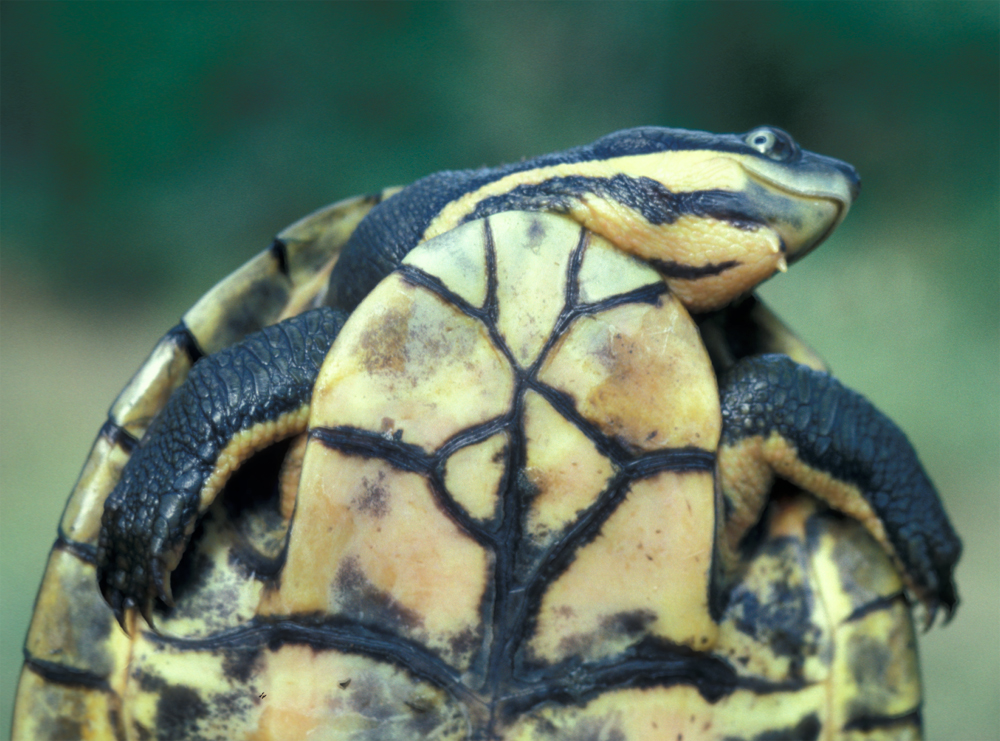For many years, morphology-based classification has served us so well, and still forms a basis of what we are viewing the biological world today. Scientists have described morphological similarities and differences of animals and plants for centuries. Their insights into morphological changes make the classification possible. However, the emergence of molecular application in recovering phylogenetic relationships between different organisms, and its impact on classification, has grown dramatically in recent years. Molecular studies have been able to resolve and clarify a number of problems that are contentious among morphologists. Bird is one example. Once placed in its own class, Aves, it is now firmly established by molecular data as a member of the class Reptilia, whose common ancestor also gave rise to lizards, snakes, turtles, and crocodiles.
One major problem for morphologists is morphological convergence, which refers to morphological similarities result from factors other than genealogical relationships. For example, bird and bat are morphologically similar because they both have wings. Nonetheless, they fall in totally different places in the tree of life; one is a member of Mammalia, the other is a member of Reptilia. Morphological convergence often originates from adaptation to environment because organisms live in similar habitat or consume the same type of food tend to evolve similar morphological characters.
Morphological convergence is particularly problematic in turtles because of their adaptation ability. It seems that these species can shrink and expand their triturating surface over a relatively short period of time to better consume their food. If preferred food needs to be ground, the triturating surface is likely to be widened with or without ridges. If food needs to be cut, the triturating is likely to be sharpened and narrow. More importantly, due to the limited morphological space in their skulls, these seemingly insignificant changes can reshuffle the organization of many bones. As the consequence, species with broader triturating surface looks very much like relatives.
Our research in the short-necked turtles of the genera Elseya and Myuchelys in Australia and New Guinea show widespread morphological convergence in this group. This phenomenon had puzzled turtle morphologists for more than a century. A striking example is the morphological similarities between two species Myuchelys georgsi and Myuchelys purvisi. They look so similar that morphologists regarded them as sister species, but our molecular results indicate that they actually belong to different genera. Many questions, however, need further study. How and why turtles can change their morphology so quickly? And what reliable morphological characters we can use as a basis for their classification?
Are you the author of this article? We had a site crash back in 2016 and lost some author attributions. We promise this is not a snub! Please email us and let us know that this is your post. Thanks and apologies!


